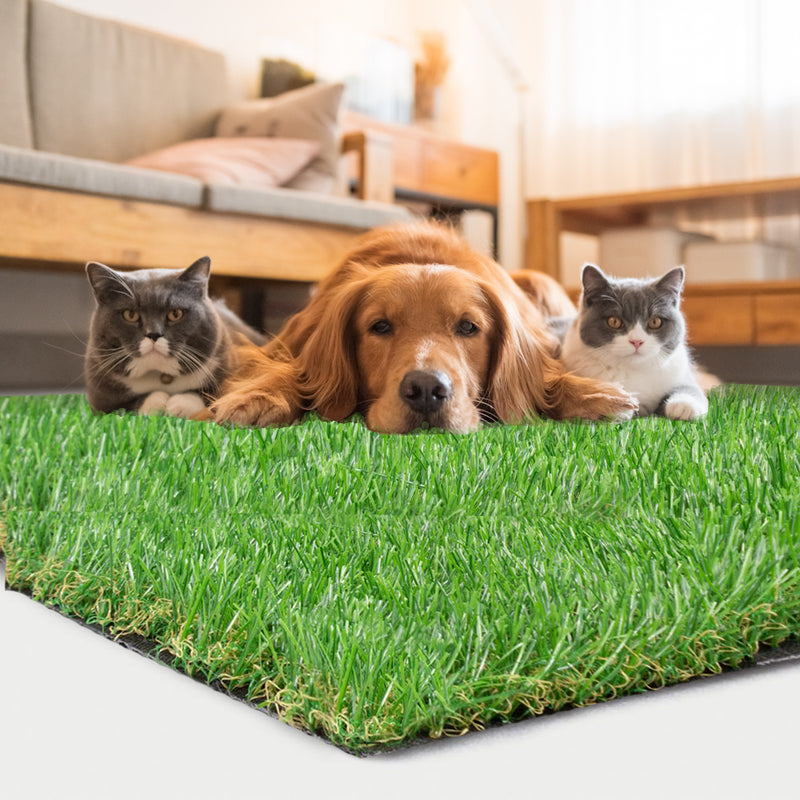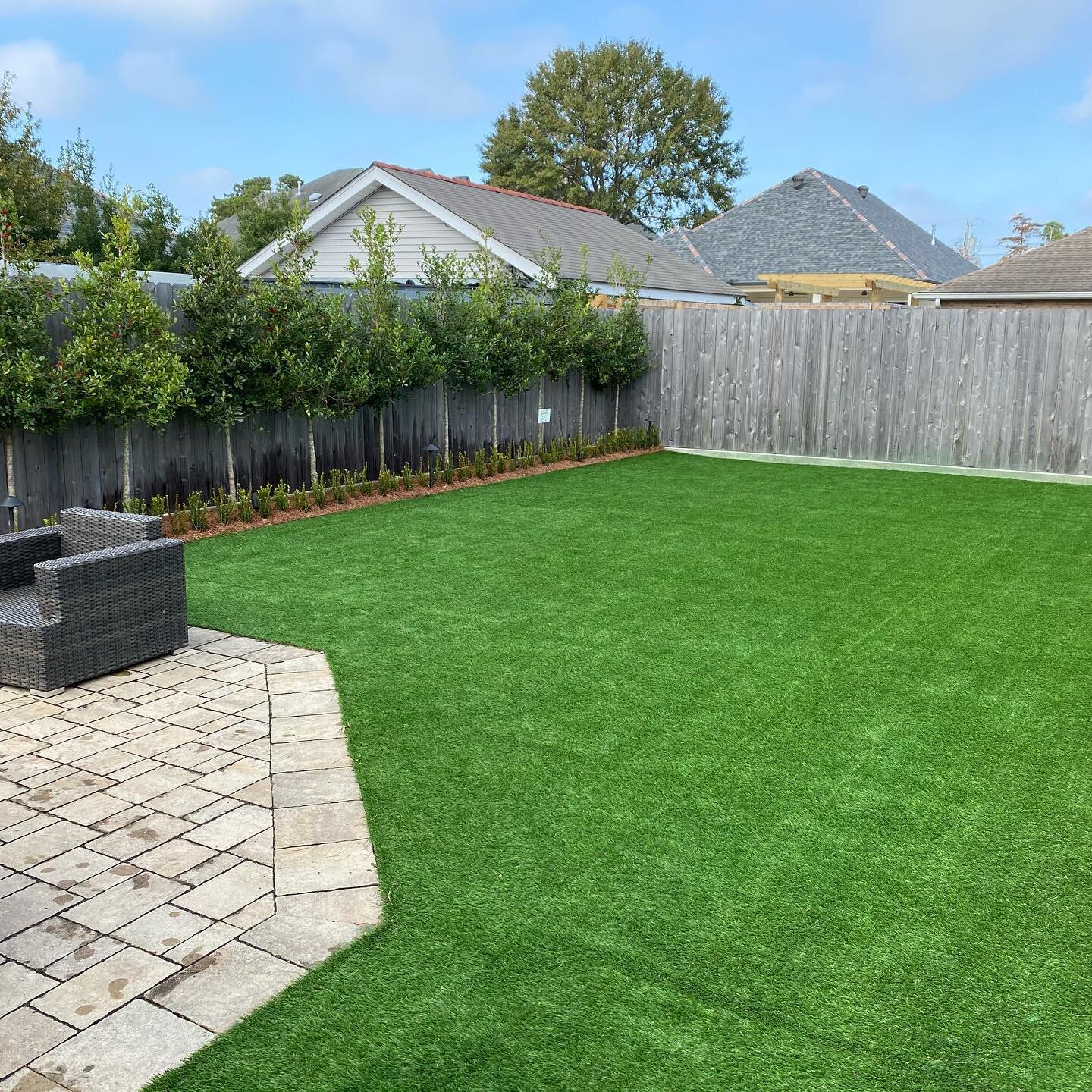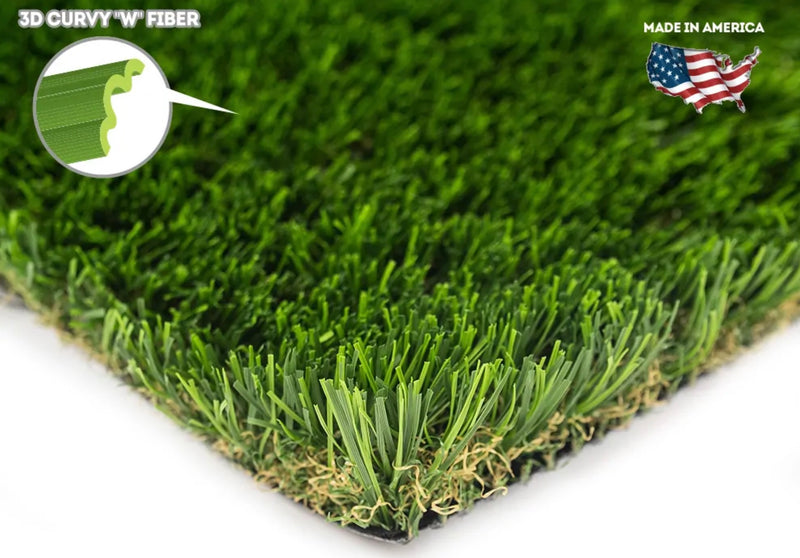Well-Known Phoenix Turf Companies Delivering Superior Synthetic Grass Installation
Wiki Article
Delve Into the Environmental Benefits of Opting for Artificial Turf Solutions
The adoption of synthetic turf services presents a compelling possibility to resolve pushing ecological difficulties. By dramatically lowering water use and lessening the application of unsafe chemicals, these choices not just promote sustainable landscape design however likewise protect local ecosystems. The reduced carbon impact linked with reduced maintenance tasks contributes to a more lasting strategy to land administration. However, the effects of these advantages prolong beyond plain preservation efforts, questioning about their lasting effect on environment preservation and total environmental equilibrium. Checking out these measurements reveals an intricate interplay worth taking into consideration.Water Conservation Conveniences
One of the most significant benefits of synthetic grass is its ability to preserve water. In comparison, synthetic grass does not require watering, considerably reducing the general need for water sources.By getting rid of the need for regular watering, fabricated grass contributes to sustainable landscape methods and helps reduce the ecological influence of too much water intake. The preservation of water prolongs to the decrease of runoff, which can lead to dirt erosion and river contamination.
In addition, the installation of synthetic grass permits towns and home owners to assign water sources a lot more efficiently, concentrating on vital uses such as drinking water and agriculture. The shift towards man-made lawn not only promotes liable water use however likewise lines up with wider ecological objectives targeted at preserving natural deposits.
As neighborhoods increasingly prioritize sustainability, the water conservation benefits of synthetic grass provide an engaging situation for its fostering in property and business landscaping jobs.
Minimized Chemical Usage
The shift to synthetic grass considerably decreases the dependence on chemical therapies generally utilized in natural turf upkeep. Typical turf management normally entails the application of pesticides, fertilizers, and herbicides to promote growth and control bugs. These chemicals can position threats to human health and wellness, neighborhood wild animals, and the environment, adding to dirt and water contamination.On the other hand, man-made grass gets rid of the demand for these damaging compounds. Once set up, it needs very little upkeep, mostly consisting of regular cleaning and seldom infill replenishment. This reduction in chemical use not just benefits the instant atmosphere however additionally adds to broader eco-friendly security. By reducing the launch of synthetic substances into the environment, synthetic grass promotes healthier soil and water systems.
Moreover, the absence of chemical drainage related to synthetic grass installments helps shield local rivers from contamination, sustaining water life and maintaining biodiversity. Arizona artificial turf. As neighborhoods significantly focus on sustainable methods, choosing synthetic grass offers a viable option that straightens with ecological preservation objectives. With this change, building proprietors can enjoy lavish green areas without compromising ecological health, leading the way for a much more lasting future
Reduced Carbon Impact

In addition, the installment of fabricated grass can result in significant water view it now preservation. All-natural lawns require significant quantities of water for watering, which not only adds to the carbon impact related to water removal and treatment but additionally pressures local water resources. On the other hand, artificial turf needs marginal maintenance, needing no watering, consequently substantially lowering water use and its associated power expenses.
Additionally, the longevity of man-made grass contributes to its decreased carbon influence. With a lifespan click here to read of up to 15 years or even more, the need for frequent substitutes is lessened, causing much less waste and reduced energy usage in manufacturing and disposing of standard lawn options. Overall, synthetic grass offers a sustainable option for environmentally aware landscape design.
Habitat Conservation
Habitat preservation is a crucial consideration in the argument over landscape design selections, specifically when contrasting synthetic turf to all-natural yard. All-natural yard yards usually call for comprehensive maintenance, consisting of using pesticides, fertilizers, and herbicides, which can negatively influence neighborhood ecosystems. These chemicals can leach into the soil and rivers, hurting native vegetation and animals and interrupting neighborhood habitats.
Fabricated grass eliminates the requirement for damaging chemicals, therefore shielding neighboring wild animals and preserving the stability of surrounding ecological communities. The installation of artificial turf can lead to the conversion of previous yard locations into more biodiverse landscapes, such as pollinator gardens or native plant locations, which can support regional wild animals.
Ultimately, the change to synthetic grass not just conserves water and decreases maintenance initiatives but also fosters a more harmonious relationship in between human tasks and the native environment, promoting environment preservation while doing so.
Long-Term Sustainability
Lasting sustainability is an essential element in reviewing the advantages of synthetic grass over traditional grass yards. One of one of the most significant advantages of synthetic lawn is its sturdiness; it can last up to 15-20 years with minimal maintenance, whereas natural yard requires frequent reseeding and replacement. This long life reduces the demand for continuous resources, such as water, you could try here fertilizers, and chemicals, which are essential for keeping a healthy and balanced yard yard.Additionally, synthetic lawn contributes to a reduction in carbon discharges connected with yard treatment devices. Standard grass often require gas-powered lawn mowers, leaners, and blowers, every one of which add to air contamination. Turf installation phoenix az. In contrast, synthetic grass eliminates the need for such tools, promoting a cleaner setting
In addition, the manufacturing of man-made lawn increasingly makes use of recycled products, boosting its sustainability profile. As producers take on green methods, the environmental footprint of synthetic lawn proceeds to decrease.

Final Thought
The adoption of synthetic grass services presents considerable environmental advantages, consisting of significant water preservation, minimized reliance on harmful chemicals, and a reduced carbon impact. Synthetic grass aids in maintaining natural environments by minimizing land disruption and advertising long-term sustainability via the usage of resilient products. Collectively, these variables emphasize the possibility of fabricated grass to add favorably to ecological health and provide a feasible alternative to standard landscape design methods in a progressively resource-conscious world.In contrast, man-made grass does not require watering, significantly minimizing the overall demand for water resources. By minimizing the release of artificial compounds into the ecological community, fabricated lawn promotes healthier soil and water systems.
Additionally, the setup of man-made lawn can result in significant water preservation. In comparison, synthetic lawn requires marginal upkeep, requiring no watering, therefore considerably reducing water use and its associated energy costs.

Report this wiki page